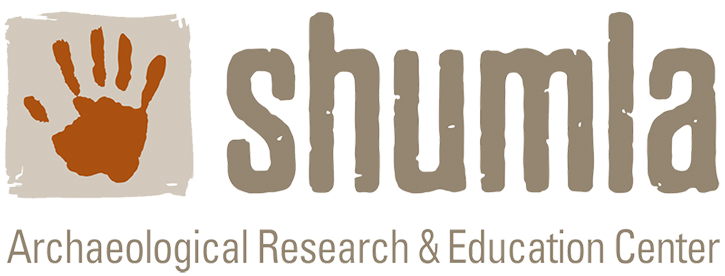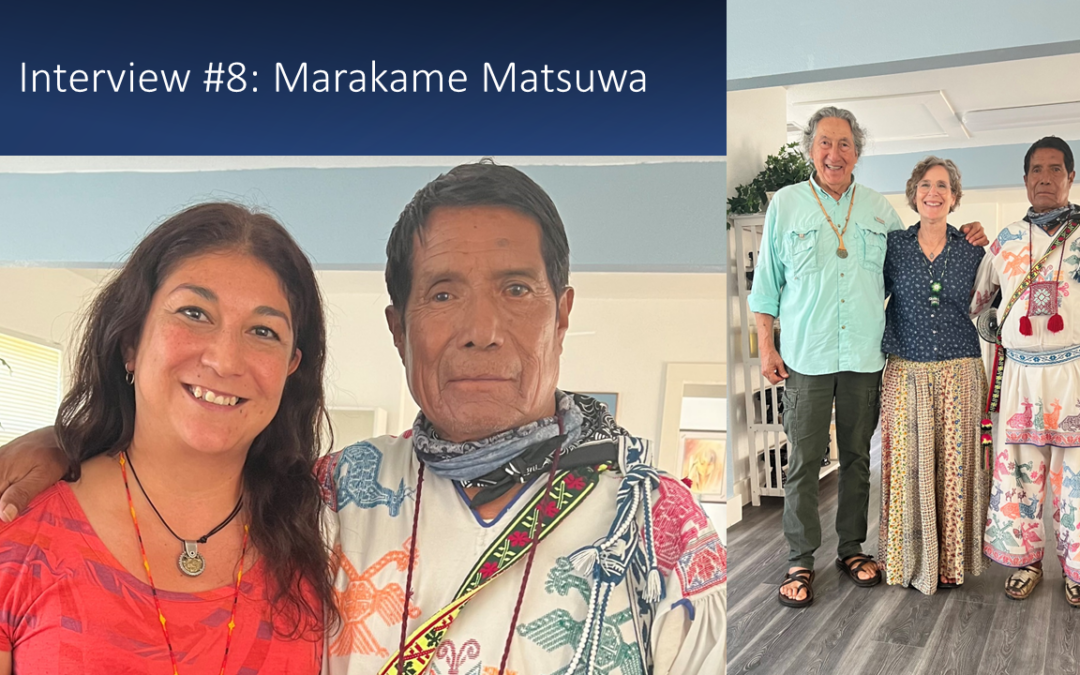
The contrast between field work and lab work is often striking, and our experience in Mexico is no exception. We left the spontaneous and unpredictable fieldwork conducted in the wide-open spaces of the sierras to begin our deliberate and meticulous lab work, stuck in front of a computer for hours on end.
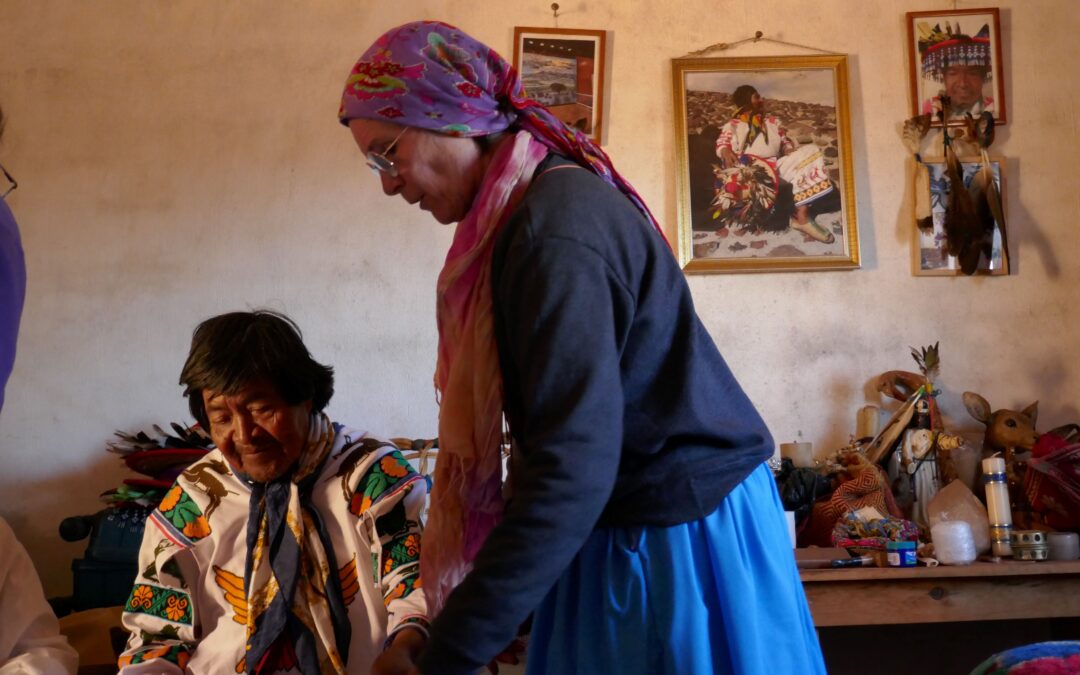
In 2016, Carolyn Boyd and Kim Cox suggested that Pecos River style (PRS) murals are visual narratives containing evidence of el nucleo duro (the hard nucleus), a widespread Archaic core of beliefs persisting across time and across cultural, linguistic, and geographic boundaries. If this is true, then Indigenous people living today should be able to relate PRS imagery to their cosmology. In 2021, Carolyn was awarded a National Endowment for the Humanities (NEH) grant through her position at Texas State University to test this hypothesis and Shumla received a subaward as part of this collaborative grant.
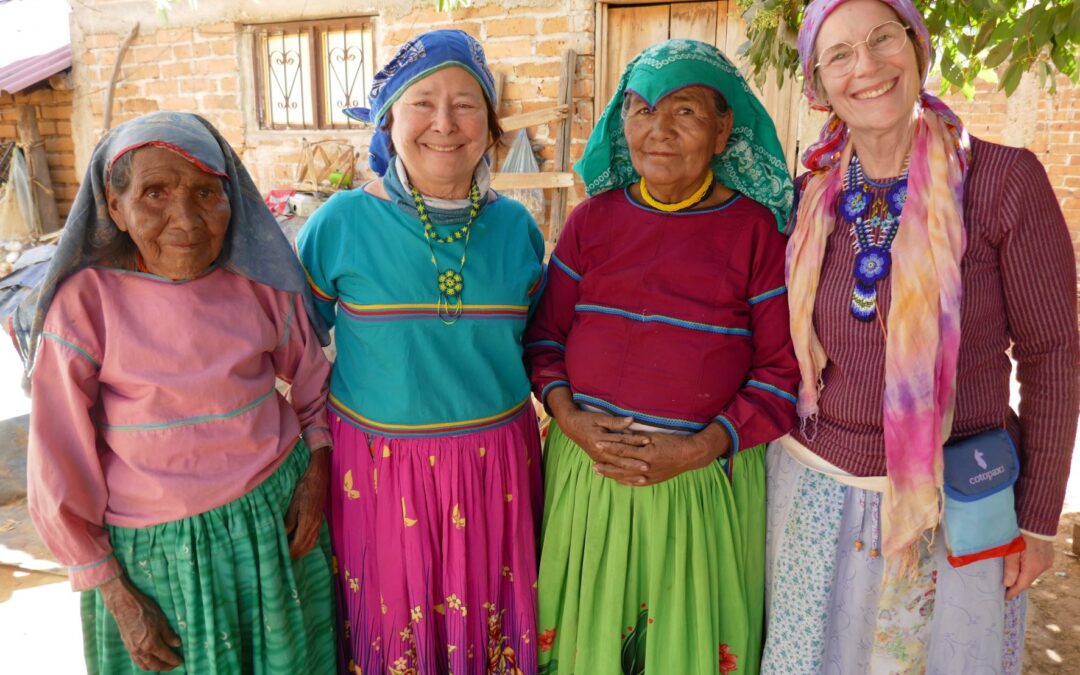
Part three of Carolyn Boyd and Phil Dering’s Mexico experience, as part of Shumla’s Hearthstone Project, describes their time at the rancho on the mesa at the edge of San Andrés and our trip out of the sierras.
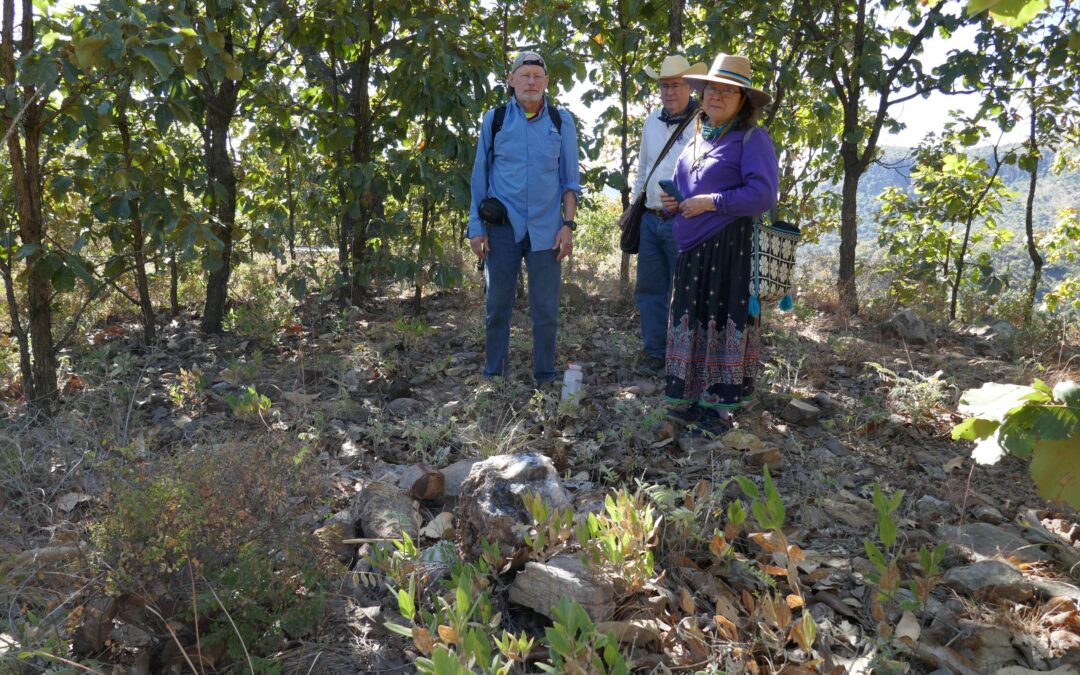
Part two of Carolyn Boyd and Phil Dering’s Mexico experience, as part of Shumla’s Hearthstone Project, gives an account of our experience at a rancho the barrancas.
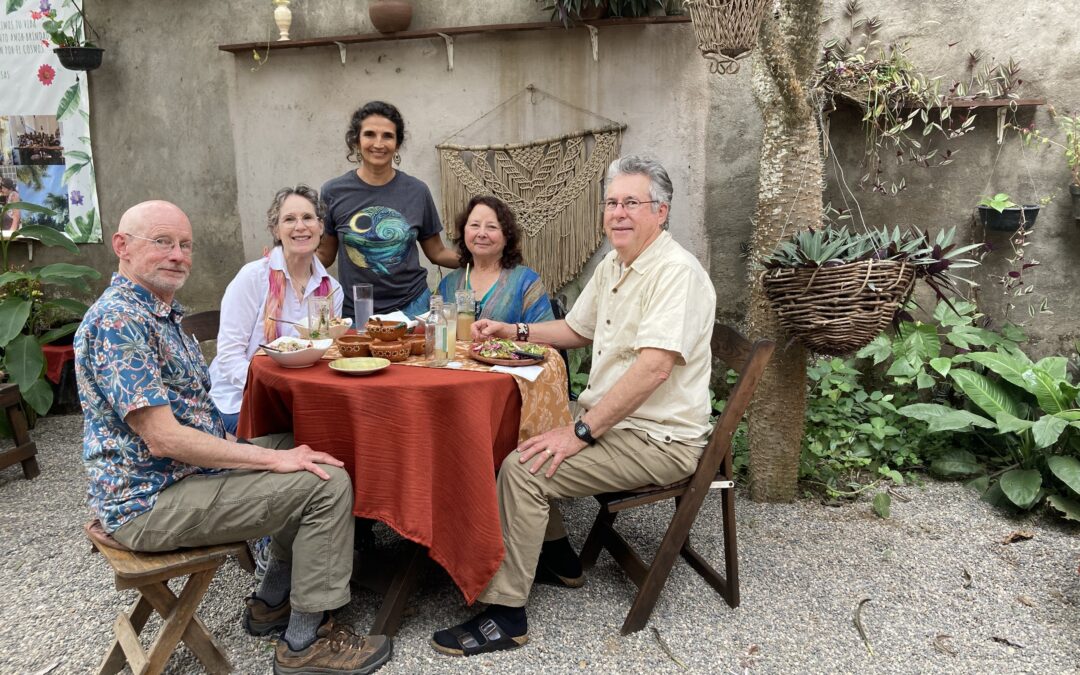
Part one of Carolyn Boyd and Phil Dering’s Mexico experience, as part of Shumla’s Hearthstone Project, provides background to our project and describes the first few days in Mexico and in San Andrés Cohamiata.
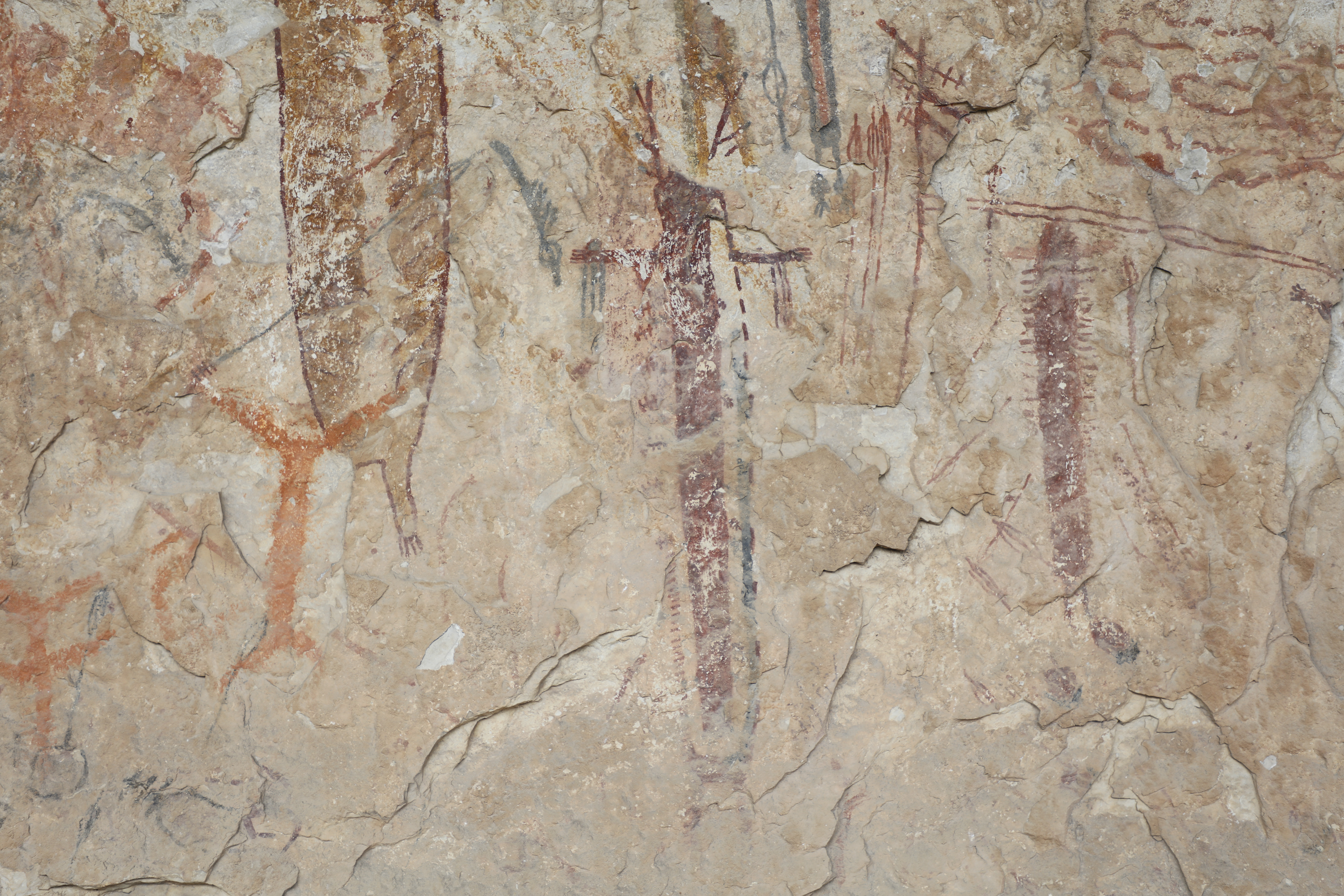
In ancient societies, the process of producing art carried as much meaning as the finished product. This is why we seek to discover how the Pecos River style murals were painted.

